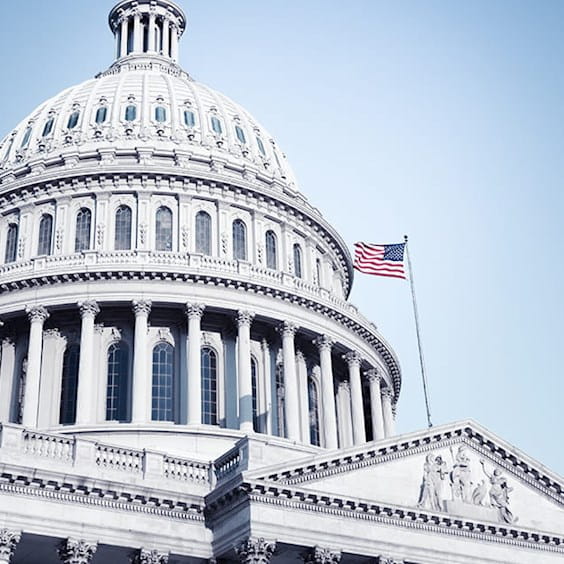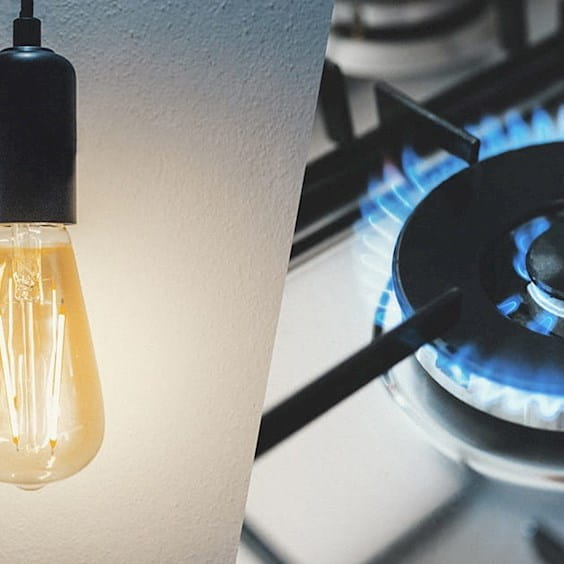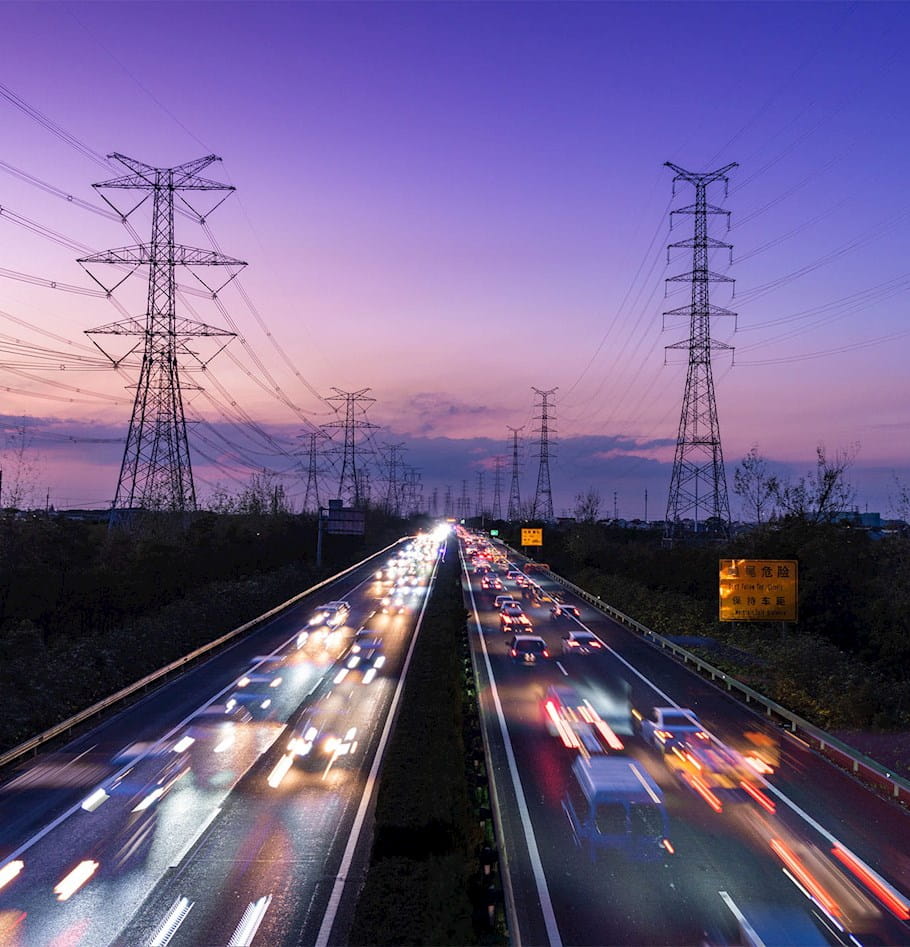Affordable Energy for All: Rethinking the Utility Low-Income Approach
COVID-19 has placed a strain on low-income households. As community partners, utilities must build out plans and processes to assist those customers.
Introduction
As a percentage of income, households that are classified as “low-income” pay up to three times more than the average household on home energy costs. Families that devote higher portions of their income to utility bills may have to make trade-offs between heating and cooling their homes and affording other important necessities such as food, housing payments, and healthcare. Lower incomes, less energy efficient housing, and limited access to energy efficiency programs all contribute to the higher energy burdens faced by low-income families.
While utilities are generally viewed as key community partners and are expected to make accommodations to assist those in need, the impact of COVID-19 and the surrounding economic uncertainty has further complicated existing challenges with energy affordability for low-income households. In the first half of 2020, many utility leaders were at a crossroads as unemployment increased, past-due balances rose, and the potential for sizeable bad debt expense became apparent. This increased focus on a growing vulnerable population has also uncovered fundamental challenges and waste within low-income program design, implementation, and ongoing management.
There are four key steps that utilities must consider as they rethink their low-income approach:
Leverage analytics to determine the energy burden of your customers and determine the subsets of low-income customers most in need of support
Set targeted energy burden reduction goals for these customer groups
Proactively identify those customers and communities most in need that would benefit from assistance
Develop new programs to reduce the gap between the support currently provided to the identified customer and community groups and the support they need
What we learned from COVID-19
In response to COVID-19, regulatory bodies across the country have made a concerted effort to provide utility debt relief funding to customers in need. To address the growing number of low-income households impacted by furloughs or layoffs, the CARES Act set aside $900 million in additional Low Income Home Energy Assistance Program (LIHEAP) federal funding through September 2021. The additional $900 million from CARES represents a 27% increase over current FY 2020 program funding and is expected to be dispersed over approximately 16-18 months. Additionally, to supplement federal assistance, many state commissions have instituted state-specific debt relief plans. The Illinois Commerce Commission, for example, approved a nearly $50 million COVID-19 utility relief agreement in July to help low-income customers pay past-due bills.
However, despite the vast availability of debt relief funding, the pandemic has tested utilities’ abilities to efficiently distribute funding to customers in need. First, the number of relief programs available to utility customers requires a clear communication strategy to ensure that customers are best served as they elect to enroll in various programs. Customers may be unaware if enrollment in one program precludes enrollment in others. Additionally, given the constraints that COVID-19 has placed on in-person customer engagement, the utilities that have been able to respond and adapt to the sudden increase in needs-based assistance are those that had web-based self-selection tools, digitally-enabled enrollment, and streamlined enrollment processes readily available.
As COVID-related disconnect moratoria across the country have begun to expire this fall, it is critical for utilities to be organized and prepared to efficiently match qualified customers with assistance opportunities. Effective customer communication and digital tools for enrolling and managing customers are foundational components of any utility’s readiness plan for effectively supporting its low-income customer base.

Use analytics to measure, identify, and understand those most in need
Traditional utility assistance is often viewed as some sort of financial incentive or assistance-based program. And while this is certainly an important facet of low-income assistance, it represents only a portion of the holistic understanding of this challenge. Understanding a customer’s energy burden is a better means to measure the baseline and subsequent impact to low-income assistance programming. Energy burden is a function of customer income and energy consumption, represented as the percentage of household income that is allocated to energy costs.
Exclusively focusing on financial assistance for low income can often lead to two major challenges: This approach is reactionary in the sense that most vulnerable customers are only seeking assistance when needed, and solving for only the financial side of the energy burden equation only provides near-term relief without further consideration of a longer-term more sustainable solution such as energy efficiency programs aimed at reducing energy usage altogether.
Cities and states are beginning to incorporate energy burden into their long-range plans as a baseline and target metric to achieve equitable energy outcomes. Minneapolis and New York are a few of the earliest adopters: In 2013, Minneapolis incorporated into their climate action plan equity indicators to prioritize neighborhoods with high energy burdens for strategy implementation; and in 2016, New York issued the energy affordability policy to work toward a 6% target energy burden for all New Yorkers.
Through the power of analytics, utilities can identify customers in need, catch at-risk customers before they fall into a cycle of debt, and establish key performance indicators (KPIs) to track programs. The Minneapolis and New York policies set two different approaches: one that focuses on community areas to target investment and resources and another that looks at need on an individual basis. Utilities can use these methods to objectively measure and prioritize need in their service territories and track the effectiveness of low-income support efforts.
Community approach: A utility can evaluate its entire service territory and determine which areas or neighborhoods best benefit from targeted investment through a few key metrics such as community energy burden, the distribution of community action agencies, or the number of service shutoffs in low-income community areas compared to higher-income areas.
Individual approach: Personalized assistance is becoming an increasingly more common approach by utilities. Utilities can segment customers by energy burden and bill behavior in a propensity-type model to predict when an individual account might fall into need. Bill behaviors include missed or late bills, partial payments, or accrued debt and can be monitored regularly to identify when a customer with a high energy burden is slipping into a risk area (e.g., after two missed bills, accrued more than $50 of late fees).
Building analytics into customer assistance methodology and program development proactively positions the utility for robust and measurable customer service. This approach not only targets customers who are slipping into need categories but can also identify new approaches or new programs altogether. It can empower utilities to identify a data-driven pathway for the most effective and impactful ways to deploy funding and program support to customers.

Understanding where low-income utility customers reside and reaching them
Read MoreDevelop new low-income programs
The national median energy burden is 3.1%, but for low-income customers the energy burden is nearly three times more at 8.1%. Low-income customers spend an average of $122 per month on energy costs; to reduce the energy burden from 8.1% to 3.1%, low-income customers would instead pay $46 per month. This energy burden reduction requires a $76 benefit per month or $912 benefit per year. While LIHEAP assistance meets the needs of many low-income customers, it may come up short completely meeting the $912 per year gap for all low-income customers, especially those above 150% Federal Poverty Level (FPL).
Within the low-income population, different segments exist with different energy burdens and the broad standards of LIHEAP may not address each segment’s unique needs (Figure 3). Additionally, energy burdens vary across the country, meaning that 150% FPL may not be an exact measurement of poverty in different regions of the country and many customers that are over 150% FPL will not qualify for LIHEAP, but still will need assistance (Figure 4).
To address this gap and supplement LIHEAP, utilities can leverage analytics to both identify the low-income customer segments where LIHEAP comes up short and develop supplementary low-income programs tailored to their needs. The enrollment qualifications and processes for these supplementary programs can be designed to the needs of the community and not to the broad FPL qualifications and complicated enrollment process of LIHEAP.
Addressing energy burden – Ameren Missouri
The Ameren Missouri COVID-19 Clean Slate program started in June 2020 and provides $3 million to low-income residential electric customers with past due balances. The program allows low-income customers to pay off their utility bills by clearing the remaining balance after a down payment of 25% of current balance owed. Minimum income standards for the program were set to exceed those of LIHEAP (250% FPL vs. LIHEAP’s required 150% FPL), which is expected to assist around 9,000 households in settling their past-due utility bills.
Ameren Missouri understood the unique needs of a segment of its low-income customers—those who do not qualify for LIHEAP and have past due balances—and developed a program to address that specific gap. By encouraging customers to pay 25% of past due balances, Ameren Missouri will likely reduce its arrears because of the Clean Slate program.
While creating programs to address the unique needs of each segment of a low-income population is imperative to reducing energy burden, it cannot be done by the utility alone. Partnerships and collaboration with local community agencies is essential. Ameren partnered with 15 local agencies to drive awareness and enrollment of their program.
Execution through collaboration and community partnership
Successful execution and delivery of low-income programs requires strong community-based partnerships to communicate, market, and enroll those most in need. A community-based partnership model targets those neighborhoods most in need and educates community ambassadors (e.g., church leadership, non-profit partners) on the utility assistance programs. The goal is to extend the reach of the utility resource by leveraging pre-established community stakeholder groups. Generally, these community ambassadors can help establish trust and help cultivate a positive relationship between the utility and its low-income population.
Even if a utility and its community partners identify the customers, another common (and often underappreciated) challenge is the stigma generally associated with receiving financial assistance. For example, one of the most vulnerable customer groups are often the undocumented immigrant population, and partnerships with community agencies can help communicate that assistance is available to them. This group of customers may likely be unaware or falsely assume that assistance is not available given their immigration status. These community partnerships are critical to extend the reach to those most in need.
The goals and objectives of low-income support extend well beyond that of a single utility. The socio-economic challenge associated with low-income customers can only be solved with significant public-private and peer utility partnership. Specifically, working with a state regulatory body can encourage the involvement of other utilities across the state and the collaboration between utilities can unlock mutual benefits, especially in the management of low-income programs.
Utilities can share information to help drive enrollment goals, such as in California, where the four investor-owned utilities —PG&E, SCE, SoCalGas, and SDGE—have standardized reporting structures and report to a state low-income oversight board that ensures each utility is meeting the program goals for the statewide CARES bill discount program. This transparent and collaborative approach has become invaluable to help drive the percent of low-income customers enrolled into the CARES program to more than 90% across the state.
Conclusion
Energy affordability remains a national crisis as low-income households increasingly experience disproportionally higher energy burdens than the average household. This issue was further exacerbated through the onset of the negative economic impacts associated with COVID-19. Solving this challenge is not a simple exercise of allocating funding to help offset energy bills. The pandemic revealed the amount of vulnerability that exists within these communities. As disconnect moratoria begin to expire across the country, there is significant urgency for utilities to have programs and processes in place to assist these low-income customers.
By prioritizing energy burden, utilities can create equitable, cross-sectoral policies and programs to stabilize their customer base and communities through greater access to affordable energy for all.
.png?cx=0.5&cy=0.5&cw=910&ch=947&hash=88B19202A4DD005166ADD95D7B508137)
